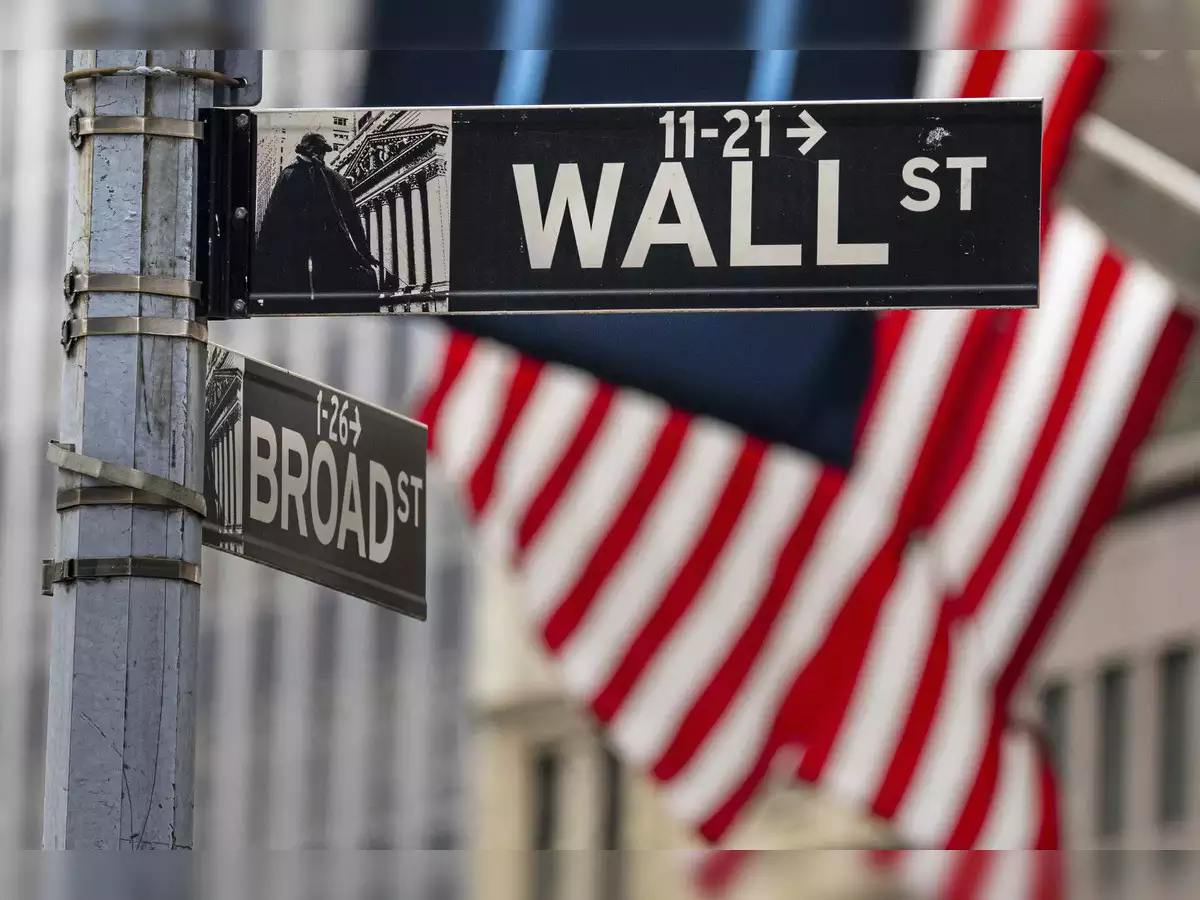Although there may be less places for investors to hide this time around, growing volatility in U.S. markets is motivating investors to look for defensive investments.
The S&P 500 fell for the week on Friday, as Wall Street’s most widely followed gauge of investor anxiety, the Cboe Volatility Index, rose to its highest level in over seven months. The benchmark stock index has gained 10% so far this year, although it has decreased 8% from late July, when it reached its peak for the year.
There might not be as many assets available to investors to help them weather the storm. The S&P 500’s recent drop has engulfed equity categories including utilities and consumer staples, which are favoured among uneasy investors during rough market conditions.
It’s the lowest the Japanese yen has been versus the US dollar in almost a year. The benchmark 10-year Treasury bond’s yield, which is negatively correlated with bond prices, is at its highest level since 2007. This indicates that U.S. government bonds are headed for a record third consecutive yearly loss.
Due to this, investors are now hoarding short-term debt in addition to other conventional safe-haven assets like gold and the dollar. However, according to Edward Jones senior investment strategist Angelo Kourkafas, “it is undoubtedly a challenging environment for well-diversified portfolios.” “We have this safe haven asset class that is not necessarily getting any bid or providing much safety from that volatility of the headlines,” he added in reference to Treasury bonds.
There are several reasons for investors to be wary. Growing bond rates have reduced risk appetite, increasing firms’ cost of capital and providing stocks with competition in the investing market. The more robust-than-expected U.S. economy, according to Federal Reserve Chairman Jerome Powell on Thursday, may call for stricter policies.
Trader anxiety has increased due to worries that the Middle East crisis may worsen, and this week’s lower-than-expected Tesla earnings announcement has further soured sentiment.
The Treasury market has experienced more gyrations in tandem with stock market volatility. The U.S. Treasury’s anticipated volatility index, or MOVE index, is now hovering around a four-month high.
You are now getting a bid to volatility when rates are rising at the current rate and the geopolitical environment is what it is,” said Brent Kochuba, the creator of the options analytics platform SpotGamma.
Markets will be busy this coming week as four of the seven U.S. megacap firms whose gains have propelled the S&P 500 higher this year while the rest of the index has lagged—Microsoft, Alphabet, Amazon, and Meta Platforms—report on their profits.
The defensive sectors of the index have suffered this year, with utilities down around 18%, consumer staples down nearly 9%, and healthcare down roughly 6%. This is partially due to the fact that rising Treasuries’ rates have lessened the appeal of these sectors.
In reaction to inconsistent economic statistics and heightened geopolitical concerns, safe-haven assets have not performed as predicted,” UBS Global Wealth Management analysts noted on Friday.
Portfolio hedges are still available to investors. Gold prices have surged by 8% since last month’s war between Israel and Hamas began.
The Swiss franc, a well-known safe-haven asset, is currently trading close to its highest level versus the euro since 2015. Over the past three months, the dollar has increased by 5%.
Since interest rates started to rise at the beginning of the year, some investors are switching to money market funds or short-term Treasuries, which provide more alluring yields.
According to Rick Meckler, partner of Cherry Lane Investments, “there are definitely plenty of investors who… at 5% plus rates on completely liquid Treasury bills are willing to park there while they await some clarity on inflation and on the economy.” LSEG data shows that $640 billion has been invested in US money market funds so far this year.
In order to protect against the volatility of the bond market, UBS analysts stated that they favoured a five-year term over a 10-year one, “to earn yield and to mitigate the risk that 10-year yields continue to rise.”
Additionally, they advised buying long futures bets on Brent crude oil as a means of protecting oneself from the growing crisis in the Middle East.
“Investors face fresh uncertainties,” they added, citing rising bond rates, geopolitical unpredictability, and the possibility of more stock market losses.

